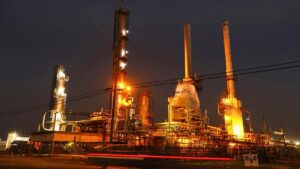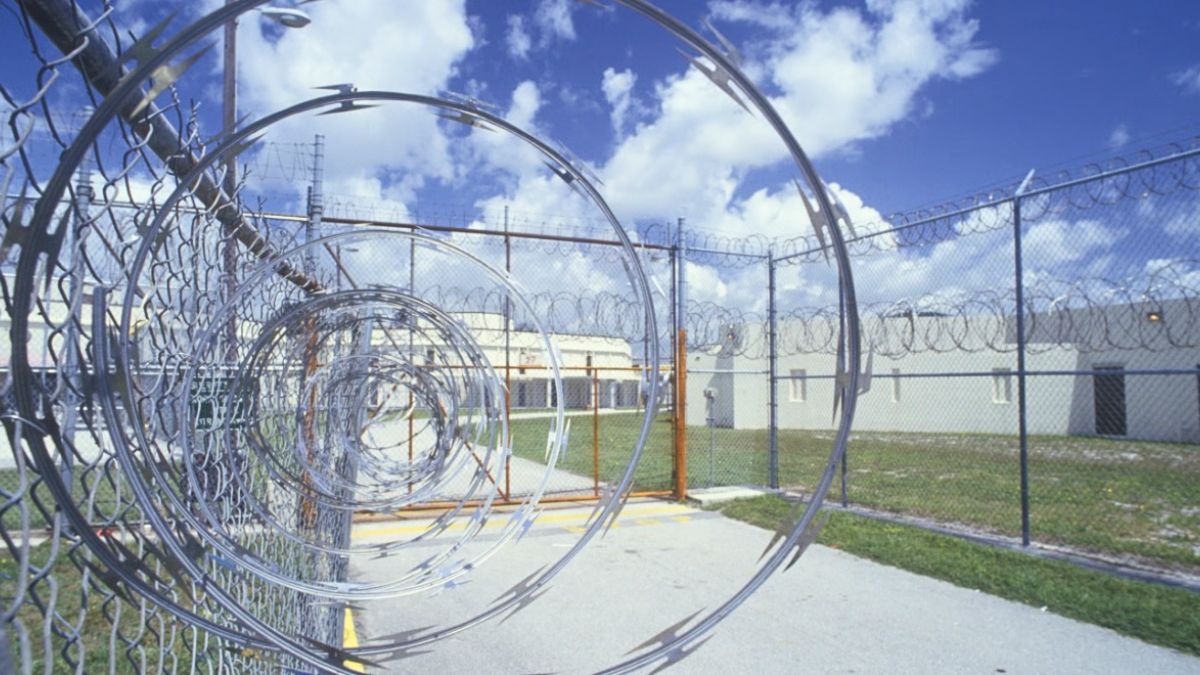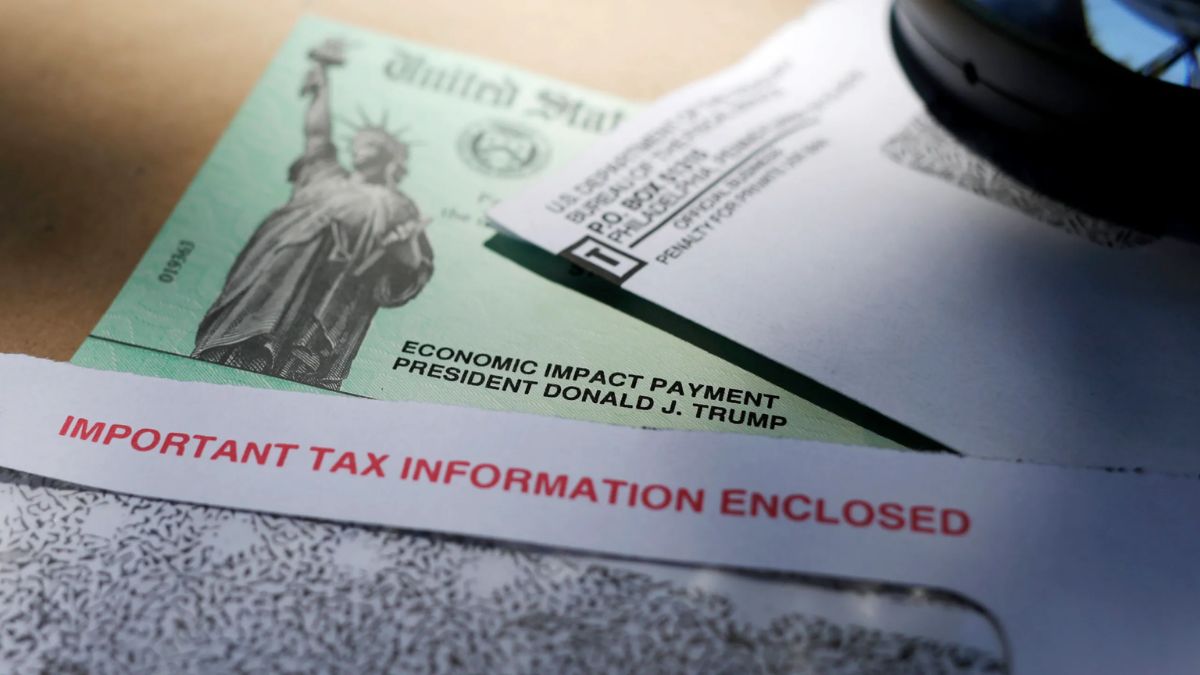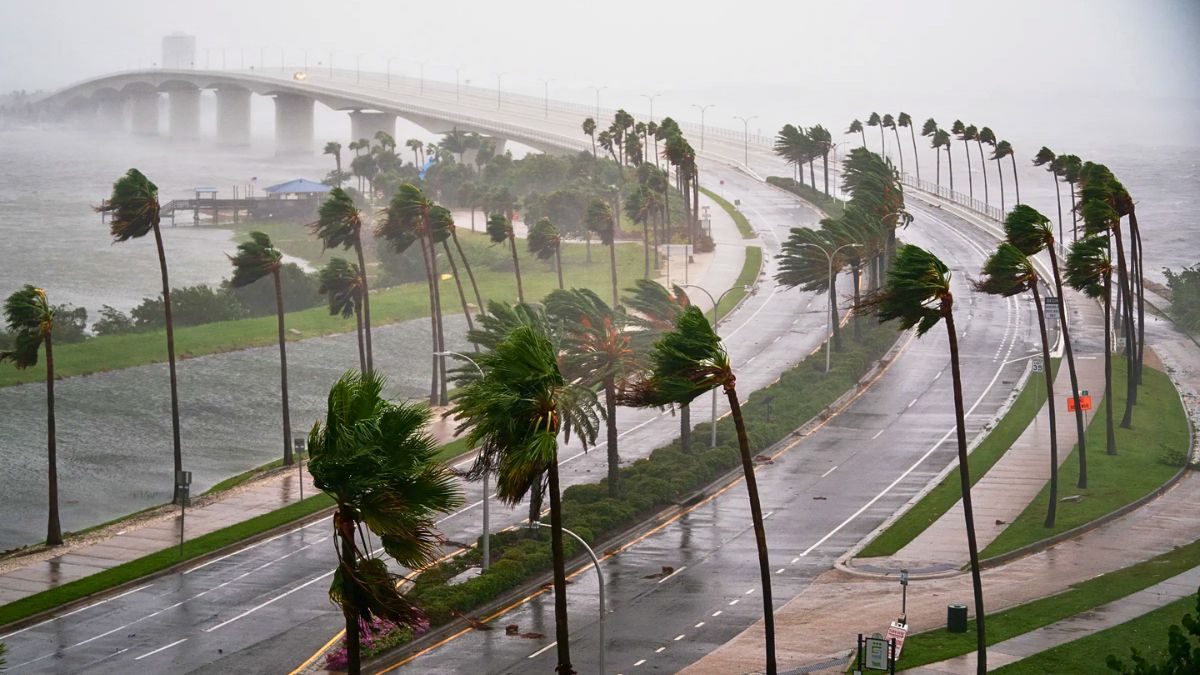Imagine living in a town where the power never goes out—no matter the storm, no matter the season. Lights stay on, your Wi-Fi never drops, and dinner isn’t interrupted by another blackout. Sounds like science fiction, right? Well, not anymore. Welcome to the age of energy bunkers, and the first one has just gone live in Kansas.
Let’s look into how this underground tech works and why it could change the way we power our towns forever.
Bunker
An energy bunker is like a high-tech vault buried underground—but instead of storing gold, it holds giant batteries and solar equipment. These batteries store clean electricity and release it when it’s needed most, especially during nighttime or outages.
Because it’s built below ground, it’s naturally protected from wind, rain, snow, and even most storms. It would take a serious disaster like an earthquake or electromagnetic pulse to knock it offline.
For small towns that face frequent outages, this could be the game-changer everyone’s been waiting for.
Function
So how does this thing actually work?
Unlike traditional electricity, which comes from huge power plants far away and travels through long, vulnerable wires, an energy bunker serves as a local power station—right beneath your feet.
When connected to a neighborhood, it acts like a silent, always-on backup system. If the main power source fails, the bunker kicks in instantly. No lag. No drama. Just steady power. And in many cases, it powers homes even when the grid is working, saving energy and reducing overall usage.
These bunkers can run entire neighborhoods for hours or even days—with no noise, no fumes, and no hassle.
First
The first energy bunker in the U.S. was built in Huron, Kansas, a small town that used to suffer regular blackouts due to outdated power lines.
Working with local authorities and energy experts, the town installed a system using lithium iron phosphate batteries—known for being safer and longer-lasting than typical lithium batteries.
How powerful is it? This single energy bunker can store 12 megawatt-hours of electricity—enough to power over 1,500 homes, plus city offices, and even emergency services. Now, rain or shine, Huron stays bright and connected.
Importance
Why does this matter to the rest of the country?
Here’s the deal: every time electricity travels through long-distance cables, some of it is lost. Add bad weather, aging infrastructure, and climate change into the mix, and you’ve got a recipe for frequent outages.
But energy bunkers cut the distance and the risk. Because they’re local and underground, they’re shielded from environmental hazards and deliver power more efficiently. That means less energy waste, more reliability, and fewer blackouts.
Future
Can this idea expand beyond Huron?
That’s the big question. These bunkers aren’t cheap to build, and not every town has the funds or political will to invest in one. But Huron shows it can be done—and done well.
If states or the federal government decide to support this kind of infrastructure, we could see a network of bunkers powering small towns across the U.S. Think of it like backup generators—but way smarter and completely clean.
Impact
What could this mean for you?
Picture this: no more blackouts during storms. No more spoiled food in the fridge. No more missed Zoom meetings or lost homework. Whether you’re watching a movie or running a home office, the power is just always on.
Energy bunkers could make our lives more comfortable, less stressful, and definitely more secure. It’s a quiet innovation—but one that could light up entire communities, no matter what nature throws their way.
FAQs
What is an energy bunker?
An underground system with batteries that stores and delivers power.
Where is the first energy bunker?
In Huron, Kansas, powering over 1,500 homes.
How much power does it store?
12 megawatt-hours using lithium iron phosphate batteries.
Why is it underground?
To protect it from weather, storms, and damage.
Can other towns get one?
Yes, if funded—they’re being considered nationwide.
























